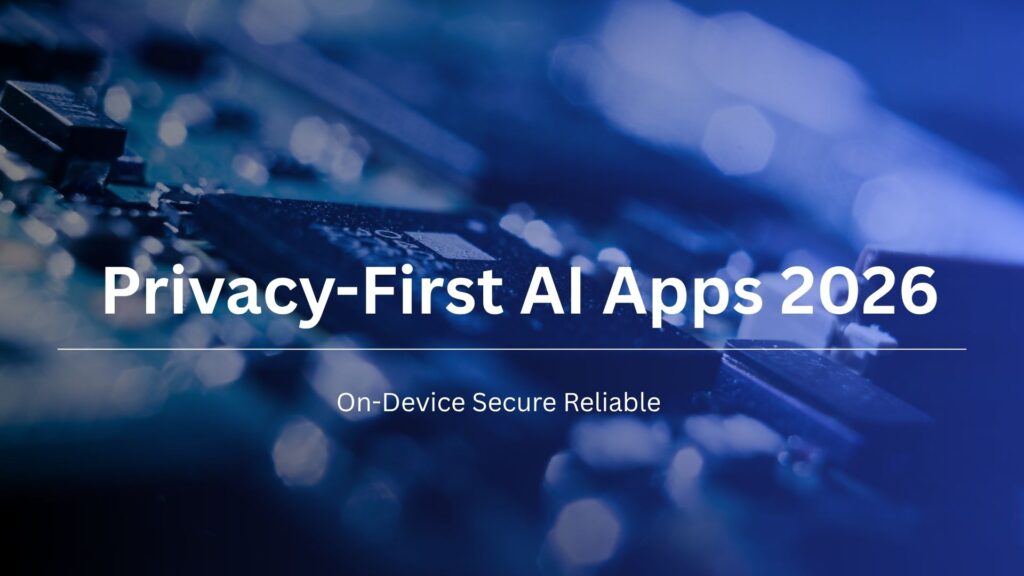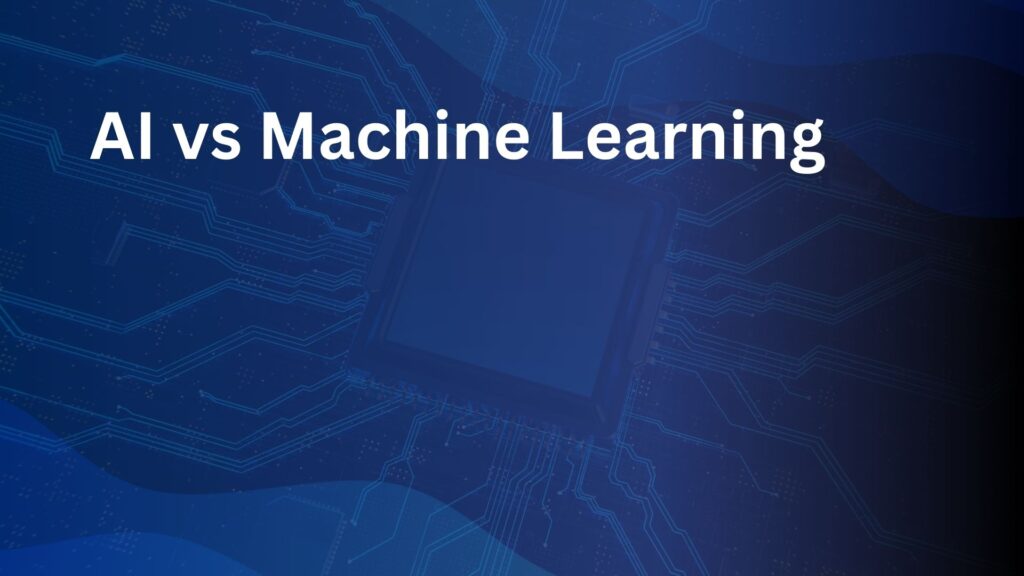To me, technology goes beyond innovation; it shapes how we interact, work, and experience the digital world.
Getting Started
In 2026, more people are turning to AI apps that protect their privacy. As users become more aware of data leaks and wrong use of data, privacy-first AI apps — especially those running locally on the device — are becoming a need, not just a fancy option. These apps handle data on your device instead of sending it online, giving you safety and full control .
In this article, we’ll explore the top AI apps in 2026 that are built with on-device models you can trust — what they do, why they matter, and how they protect privacy without slowing things down.
What Does “Privacy-First AI” Mean?
Privacy-first AI means designing applications that:
- Handle private data on your device, not in the cloud
- Collect as little data as possible, only what’s needed
- Use tools like data protection, privacy filters, and shared learning without sharing raw data
- Let users see what’s used and manage it easily over their data
In short, your data stays with you.
Why On-Device AI is the Future
Online AI tools have benefits, but also risks:
- Data travel over networks = potential leaks
- They depend on internet speed and connection
- Ongoing cloud costs
But AI that runs on your device gives you:
- Faster responses (no internet waiting time)
- Working offline or in weak internet
- More control on what info is shared
🔒 Many companies are already shifting to on-device models for privacy, performance, and trust.
Top Privacy-First AI Apps to Watch in 2026
1. Lumo by Proton
Proton, known for its email services, has launched Lumo, a chatbot that works directly on your device and locks your data so even the company can’t see it , ensuring that no one but you can see your data.
2. Apple’s On-Device AI (iOS 26)
With iOS 26, Apple enables third-party developers to run AI tools that can create or shorten text directly on iPhones, boosting privacy and removing need for internet or cloud systems.
3. Privacy-Preserving Moderation Tools
Apps using on-device AI to find bad or unsafe content without sending conversation data to servers.
4. Secure Note / Journal Apps
Apps like locked journals, offline note or mood apps where all processing is done offline,keeping private thoughts safe on your device .
5. Health & Wellness Apps with Local AI
Some wearables or phone apps detect sleep patterns, stress, heart rate, or give exercise tips without sharing health data online.
What to Look for in a Privacy-First AI App
| Feature | Why It Matters |
|---|---|
| Local processing | Data stays on device, no external risk |
| Data protection methods | Adds safety even if partial sharing is needed |
| Clear controls and options | Users should know what is used and can disable features |
| Apps that use less battery and memory | Device resources (battery, memory) are limited |
| Works without internet | So it works even without internet |
Challenges & Trade-offs
- AI on your device might not be as strong than cloud ones
- Big AI apps use more space and battery
- Updating them takes careful planning
- Keeping both privacy and easy use together is tricky
The Road Ahead in 2026 & Beyond
- Smaller, faster AI models
- Mixed AI (some work on device, some online)
- New rules promoting safer, local AI use
- More use in health, banking, and learning
Closing Notes
Privacy-first AI apps in 2026 are changing how we use smart tools. On-device models allow control, speed, and security. The ones discussed here — from chatbots to health tools — are apps you can count on.
👉 The future of AI is not only smarter, but also safer and more private .
Enjoyed this article? You might also find my previous post helpful: [https://techhorizonpro.com/edge-ai-vs-cloud-ai-2026/ ]
Authored by Muhammad Zeeshan, sharing honest, practical insights on technology, innovation, and the digital world.
If this guide helped you, explore another related article for more useful tech knowledge.




Pingback: Quantum Computing in 2026: Real Use Cases & Business Impact